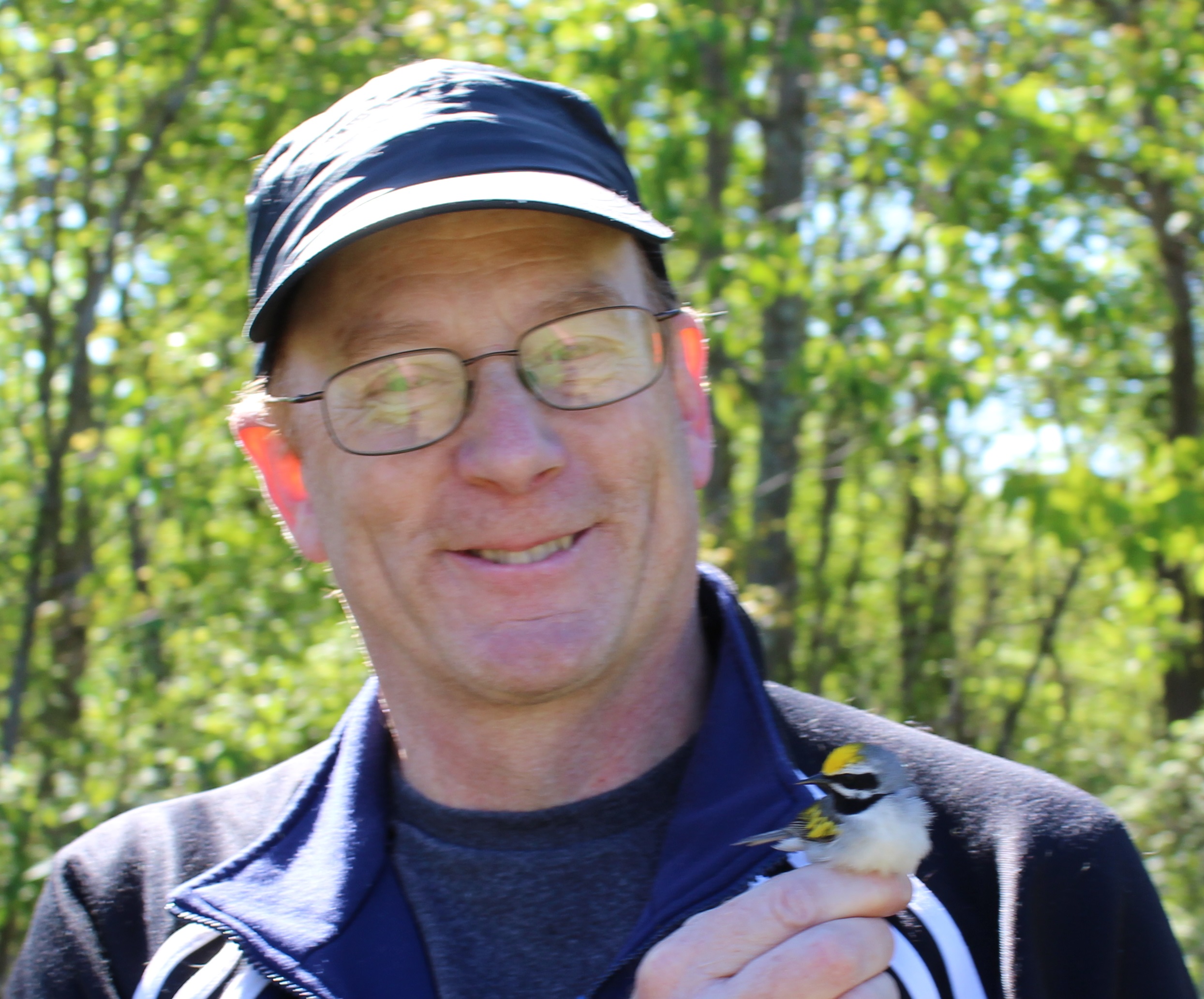E&E Special Seminar: The structure of phenotypic variation: questions arising from analysis of repeatedly-expressed traits
Speakers
Event series
Content navigation
Description

Biological variation is organized hierarchically; it exists among taxa, among populations, among genotypes or individuals, and within genotypes or individuals. Thinking hierarchically uncovers new patterns of variation and new hypotheses for that variation, especially when traits are repeatedly expressed. I will illustrate these ideas with analyses of the reproductive behavior in house sparrows, spanning several levels of variation. These lead to new hypotheses about the links between plasticity and individuality, and focus on both mechanisms and function. Sparrows exhibit individuality in clutch size and parental behavior while also being plastic in both traits. Two types of brood manipulations have uncovered some unexpected capabilities for plasticity but also some odd forms of inflexibility. The hierarchical approach also leads to questions about pattern in unexplained variance. These studies of sparrows suggest some especially strong links between phenotypic variance and ecology.
Biography
Dave Westneat is Professor and Director of Graduate Studies in the Department of Biology at the University of Kentucky. He has conducted important studies on mating systems and life history evolution in birds (see http://www.i-m.mx/DFWestneat/DavidFWestneat/), and is the senior editor of the 2010 text Evolutionary Behavioural Ecology.
Location
Eucalyptus Seminar Room (S2.05), Level 2, RN Robertson Building (46), ANU
